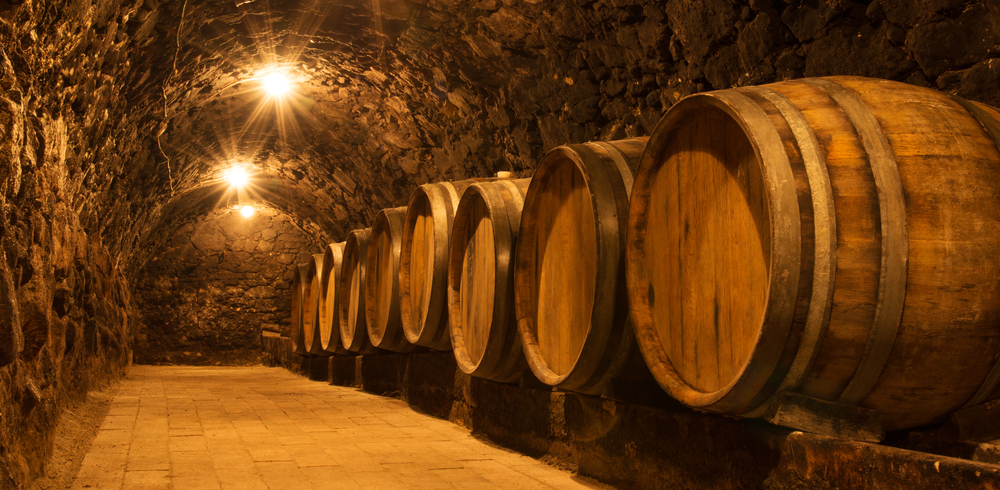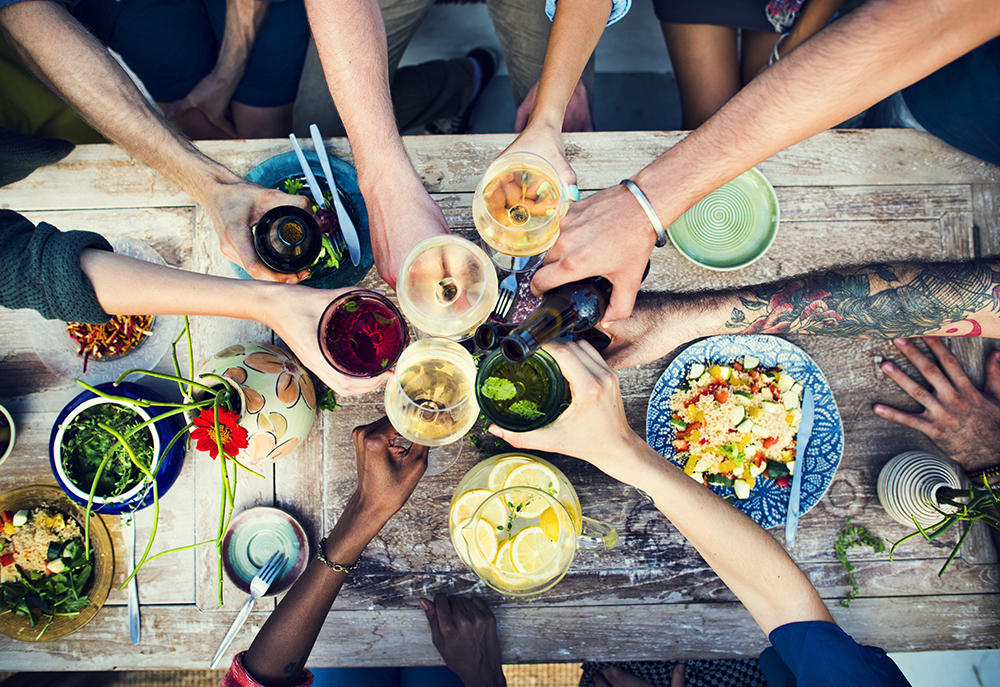

NMR Driving Authentication of Hungarian Wines
Hungary is divided into 22 wine regions, one of which being the northeast region of Tokaji, and is often divided into seven broader regions. Tokaji is perhaps the most well-known of Hungarian wines, famous for the sweet taste coming from harvesting grapes affected by noble rot.
Wines of considerable value are produced in Hungary, and therefore protection of the investment and value of the country’s wine is of great importance.
Diagnosticum Zrt., a laboratory diagnostics leader in Hungary, and Bruker formed the Hungarian Wine Consortium to develop a Hungarian wine model based on Bruker’s NMR FoodScreenerTM technology. The model will be used to authenticate and identify Hungarian wines, including the famous Tokaji wines.
The Hungarian Ministry of Agriculture, in addition to the EU, commissions and funds the Hungarian wine identification and authentication program. Diagnosticum’s key role is to manage the wine laboratory, by carrying out screening of samples sent to them by wine producers. When wine producers from across Hungary send their samples in, Diagnosticum uses Bruker’s FoodScreener to screen for different measurement parameters and produce a report. Each individual wine sample is compared to an authentic database of reference samples, the breadth of which differentiates the FoodScreener from other instruments on the market.
As a result of the cooperation between the Ministry and Diagnosticum, Hungarian wineries will be given free access for a year to submit their wines for analytical studies, which have not been available in Hungary until now, and two years in total to submit their samples. The resultant certificate from the analysis gives foreign and Hungarian traders a greater guarantee for the origin and quality of the wines, significantly improving the market position of Hungarian wines and strengthen consumer confidence.
Sándor Fazekas, Minister of Agriculture, signed the agreement between the Hungarian Ministry of Agriculture and Diagnosticum, commenting:
“The importance of wine goes beyond its pure market value – it empowers the whole economy. It is therefore imperative that the wine is of excellent and authentic origin, to be presented to domestic and overseas customers. In order to implement the program, the Ministry will enter into a strategic agreement with Diagnosticum. The essence of the agreement is that Diagnosticum will provide the technical background needed to draw the map of origin of Hungarian wines, and thus create a database based on a mathematical model, which is internationally authentic. In return for their cooperation, Hungarian wineries will be given a year’s free access to submit their wines for analytical studies, which has not been available to them until now. We see great potential in the innovative work that Diagnosticum are undertaking, which will unquestionably make the self-identification of Hungarian wine possible.”
Mr. Szaszák describes Diagnosticum’s short term goals:
“We are planning to have nearly 20,000 measurements in Hungary after the first year of this program. There is great interest from the Ministry, from wine associations and producers, and from consumers, to measure Hungarian wines. The samples are coming in rapidly, all we have to do is conduct the measurements and provide the analytical reports to create the wine map of Hungary with Bruker.”
Wine Fraud and Forgery
Wine forgery is on the rise in central Europe, and the Ministry is keen to combat this using the new NMR screening technology provided by Bruker. Wine fraud encompasses counterfeiting, which can be done in many ways, such as: misrepresentation and mislabeling of grape variety, blend origin, or vintage; intellectual property infringement and wine adulteration. According to expert estimates, approximately 20 percent of all traded fine wine is counterfeit1. The Coalition Against Counterfeiting and Piracy estimates that wine fraud costs $650 billion worldwide in counterfeiting, piracy, patent infringement and copyright theft2, so anti-counterfeit technology companies are working hard to find solutions to this problem.
Bruker’s NMR spectroscopy solution acquires spectroscopic profiles – or fingerprints – from wine samples which are specific to individual samples, and compares them to a large database of authentic wine samples using a multivariate statistical approach. This high-throughput technique provides a wide range of information that is both targeted (quantification of defined substances) and non-targeted (identifying deviations from reference spectra), ranging from the detailed chemical composition of the wines, the geographical origin including influence of soil, to the identification of wine variety, vintage year and any form of adulteration. This fingerprint also displays the aging of the wine. The resulting test certificate provides foreign and Hungarian traders with a greater guarantee for the origin and quality of the wines than previously available.
References:
[1] Anne Krebiehl (2017) Fighting fraud: knowledge is power, The World of Fine Wine (http://www.worldoffinewine.com/news/fighting-fraud-knowledge-is-power-5760035/)
[2] Suzanne Gannon (2009) New ways to fight counterfeiters, Wines and Vines (https://www.winesandvines.com/features/article/66988

